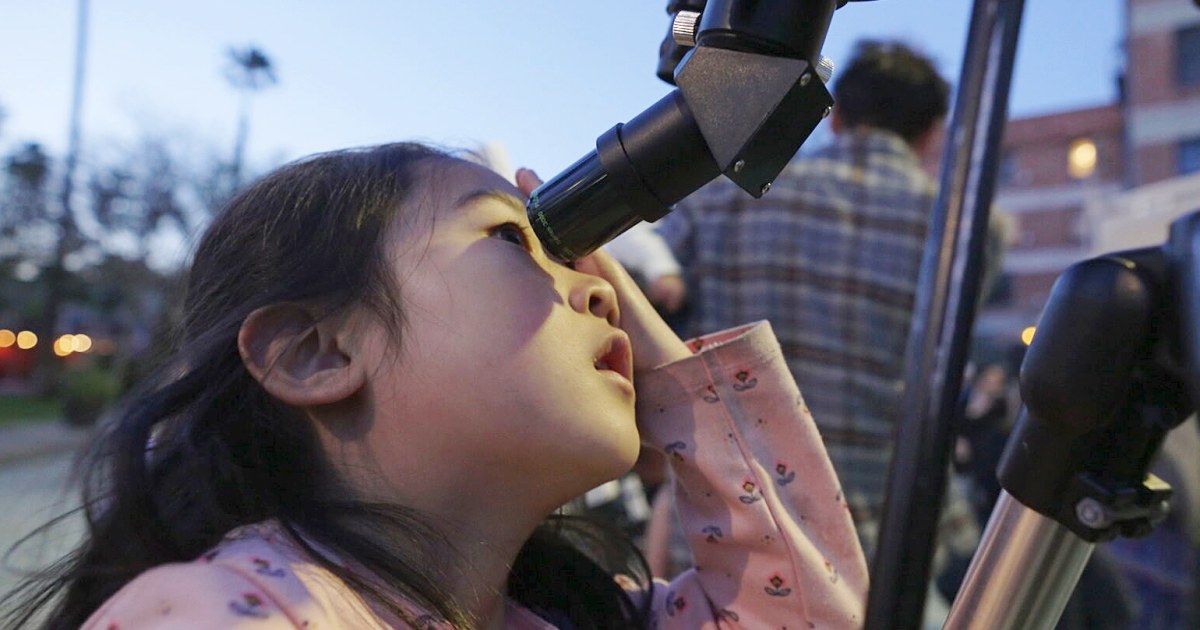
Corrective Forces
In the context of aerospace engineering, corrective forces refer to the forces applied to adjust the trajectory or orientation of a spacecraft or aircraft. These forces are typically generated by propulsion systems, such as rocket engines or thrusters, and are used to counteract unwanted movements or deviations from a planned course. Corrective forces are crucial in various stages of a space mission, including launch, orbit insertion, station-keeping, and re-entry. During launch, corrective forces are used to steer the vehicle along the desired ascent path. In orbit, they are used to maintain the spacecraft's position and orientation, and to perform maneuvers such as orbit raising or lowering. During re-entry, corrective forces are used to control the vehicle's descent and landing. The calculation and application of corrective forces involve various disciplines within aerospace engineering, including dynamics, control systems, and propulsion.
Your Previous Searches
Random Picks
- Hall Thrusters: Hall thrusters are a type of electric propulsion system used in spacecraft to provide thrust. They work by ionizing a propellant, usually xenon gas, and accelerating the ions using an electric field. The accelerated ions are then expelled o ... Read More >>
- Magnetosonic Shocks: Magnetosonic shocks are a type of shock wave that occurs in plasma, which is a state of matter consisting of charged particles. These shocks are caused by disturbances in the magnetic field that propagate through the plasma at a speed faste ... Read More >>
- Evacuation Plans: Evacuation plans refer to the procedures and strategies put in place to ensure the safe and efficient removal of personnel and equipment from a space vehicle or facility in the event of an emergency. These plans are critical to the success ... Read More >>
Top News

Easter's date remains divisive. Some church leaders want that to change...
Eastern and Western churches will celebrate Easter on the same day this year, while marking 1,700 years since the Council of Nicaea unified Christian doctrine...
News Source: ABC News on 2025-04-19

In a city of stars, Los Angeles astronomy club makes sure to keep looking up...
LOS ANGELES — While Los Angeles is home to the biggest stars in the world, a monthly get-together is proving that the city’s rich and famous have nothing on the universe....
News Source: NBC News on 2025-04-18

This week on "Sunday Morning" (April 20)...
A look at the features for this week's broadcast of the Emmy-winning program, hosted by Jane Pauley....
News Source: CBS News on 2025-04-17

Scientists detect strongest hints yet of life on a distant planet...
Scientists have detected unique chemical patterns similar to those produced by the Earth's algae and seaweed — raising the possibility of the presence of a warm ocean, perhaps teeming with life, on ...
News Source: NBC News on 2025-04-17

Is there life on another planet? Scientists find the strongest evidence yet...
Near a planet far, far away astronomers have found traces of chemicals that on Earth are only produced by living beings....
News Source: Al Jazeera English on 2025-04-17